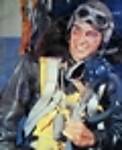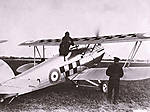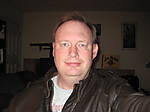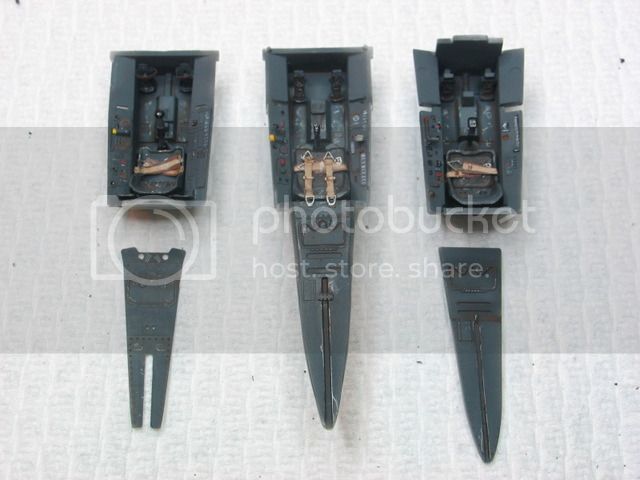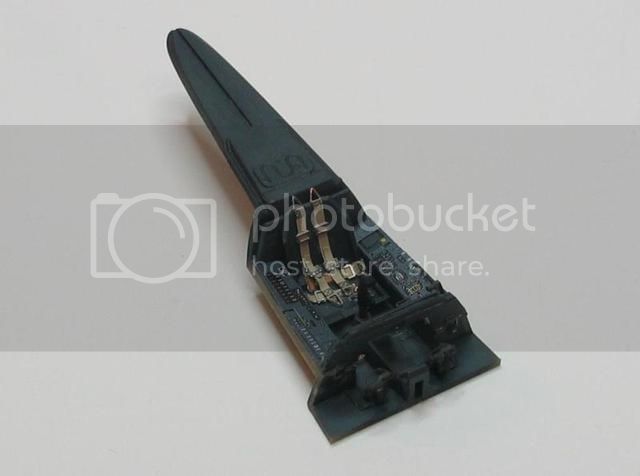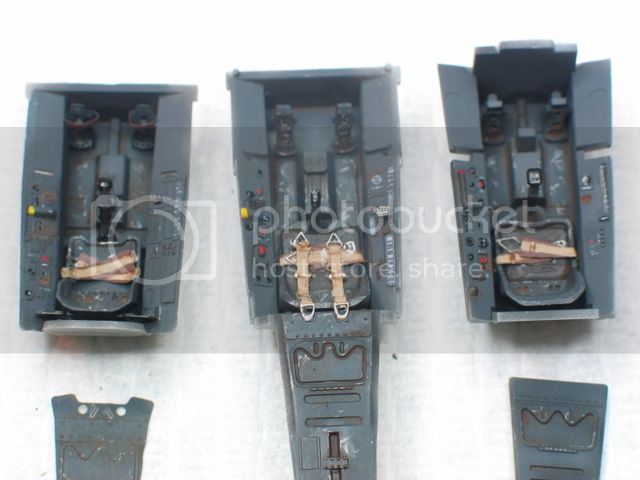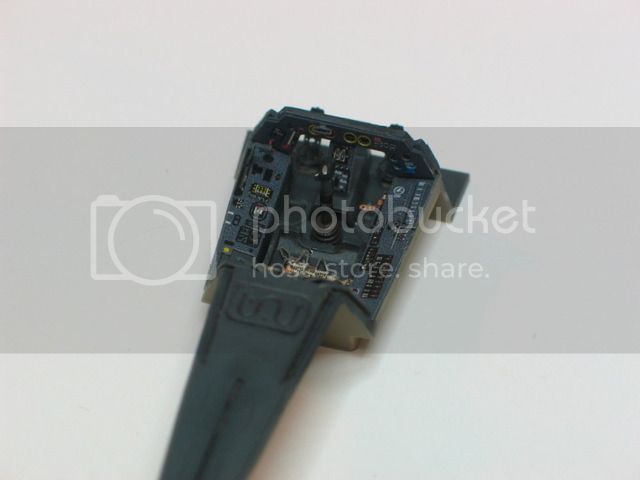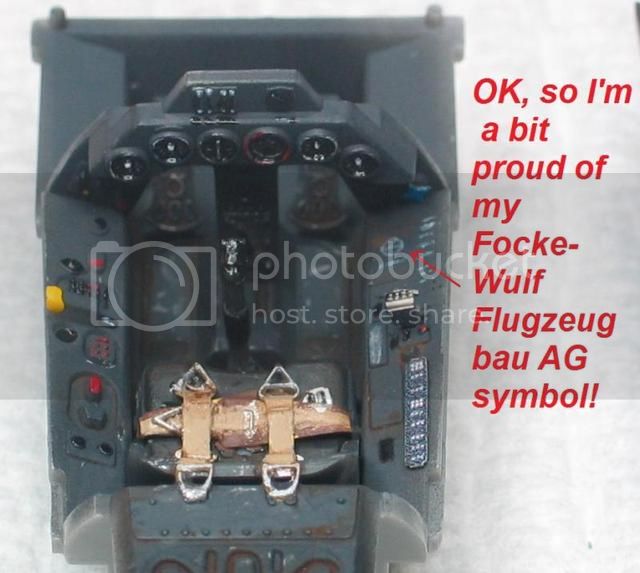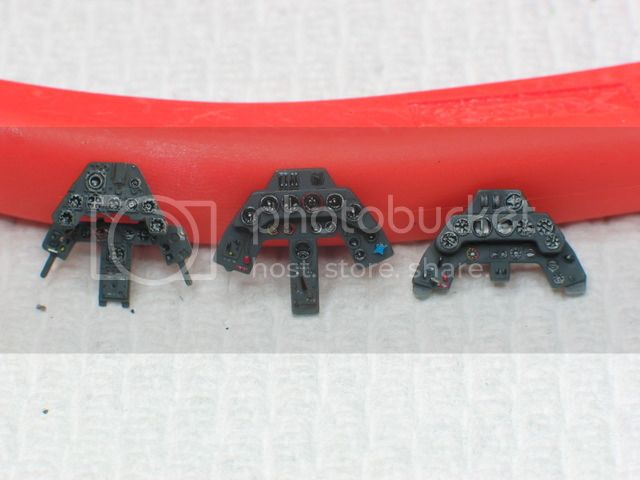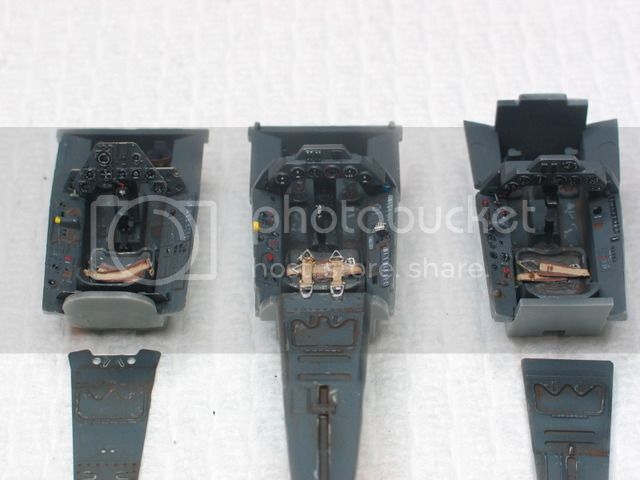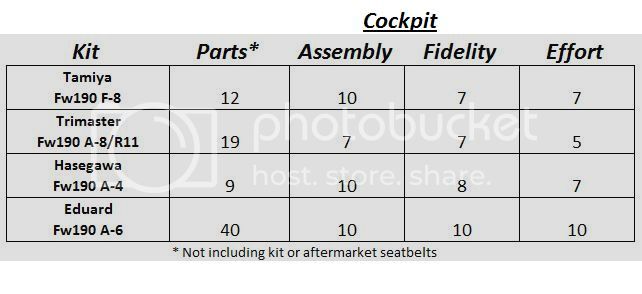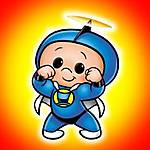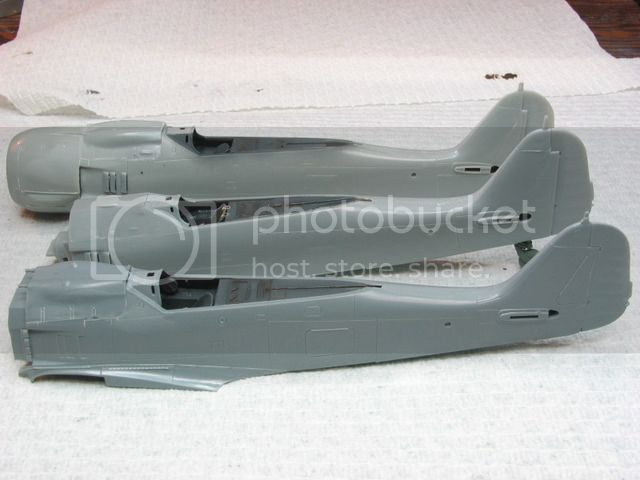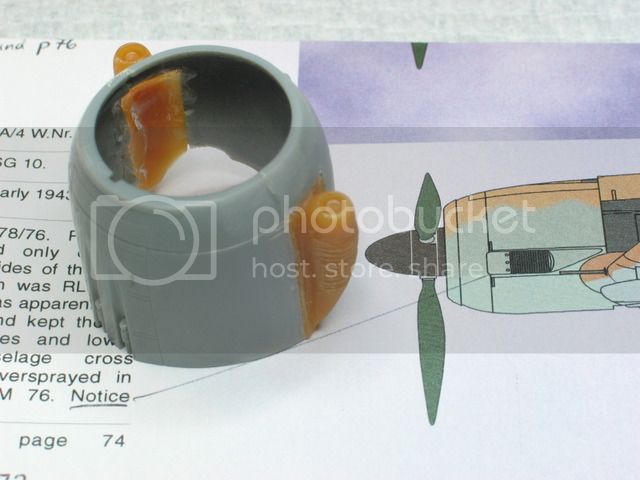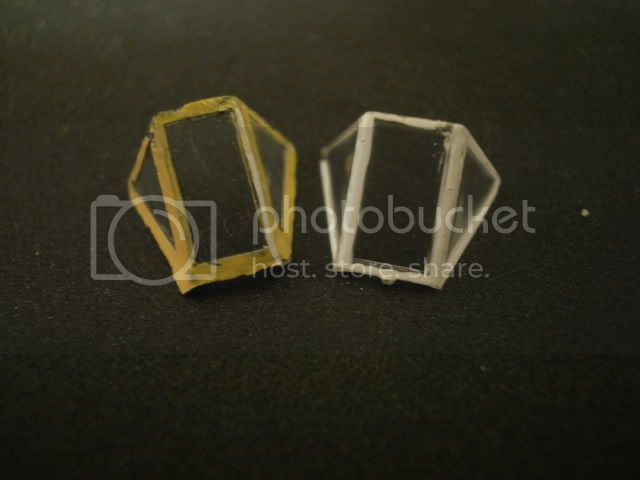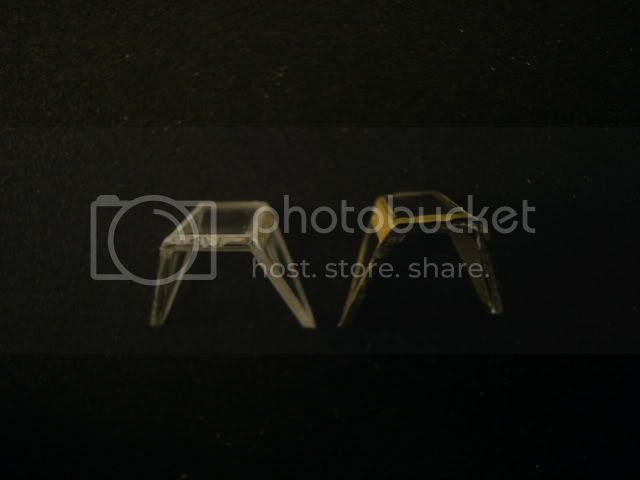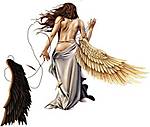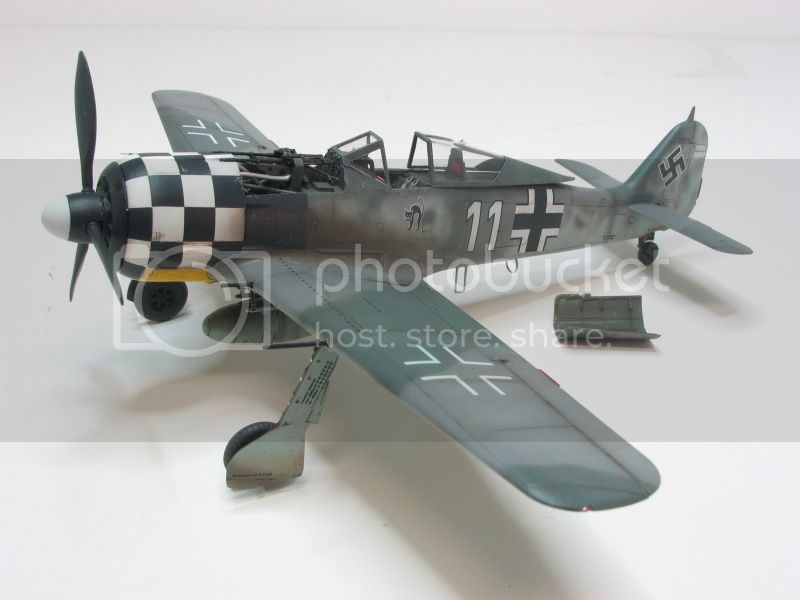
Although I was pleased with the end result, it did seem like a lot of work to get there. It set me to thinking….I have a fair number of radial-engine Fw190 kits in the stash, an enormous number of interesting decals, and a limited lifespan. Which kit(s) do I really want to build in the future – potentially multiple times?
So…I decided to turn around after completing the Eduard kit and build one of each of the primary competitive 1:48 Fw190’s: Tamiya, Hasegawa, and Trimaster/Dragon. This way, if one or more kits really turns out to miss the (my?) mark on accuracy or the amount of effort required to get a good result, I can sell those off and not buy them in the future. I know there’s plenty of reviews out there, but there’s no substitute for hands on plastic!
Available radial-engine versions include:
Tamiya: A-3, F-8, A-8/R2
Trimaster/Dragon: A-5, A-7 “Doppelreiter,” A-8, A-8/R8, A-8/R11 “Nachtjaeger,” F-8
Hasegawa: A-3, A-4, A-4/F1, A-5, A-5Y, A-5/U7, A-5/U14, A-6, A-7, A-8, A-8/R8, F-8
Eduard: A-5, A-6, A-7, A-8, A-8/R2, A-8/R11 “Nachtjaeger,” F-8
If I missed a kit, please correct me.
(Note that just because the kit is listed as a particular version doesn’t mean that’s what it really is in the box! Thanks to Tony Hodun’s Hasegawa kit list over at Modeling Madness for the Hasegawa catalogue!)
Looking in my stash, I picked the following kits to build:
Eduard Fw190 A-6: White 11, Georg Schott, JG1 (Complete)
Hasegawa Fw190 A-4: Big White 10, Wolfgang Kosse, JG5 (SuperScale decal)
Trimaster Fw190 A-8/R11 Nachtjaeger: White 9, Guenther Migge (kit decal)
Tamiya Fw190 F-8: Black 10, SG4 (kit decal)

Now, keep in mind that I’m an average modeler who:
a) is no Fw190 expert
b) has average Fw190 references
c) doesn’t have the time to correct all inaccuracies and mistakes, even if I know about them
So I’m going to go through these builds in my way, and I may or may not correct things. But….feel free to point out the mistakes for the benefit of others.
Let’s start by just comparing the kits.
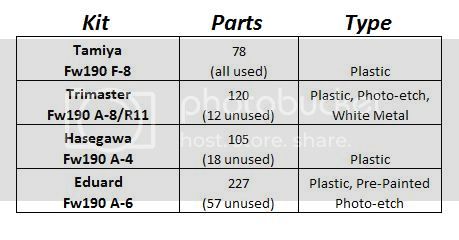
The Tamiya and Hasegawa kits are all-plastic affairs, with the Tamiya kit having the lowest parts count. Tamiya’s approach differs from many other manufacturers in that they will mold in one piece that which other manufacturers choose to do in 2-4 more. That greatly simplifies construction, albeit sometimes at the expense of detail. Hasegawa also uses this approach. Since there is no photo-etch in either kit, I’ll have to source seatbelts using aftermarket.
The Trimaster and Eduard kits include photo-etch, which in the Trimaster kit is required to complete assembly. I think all the Eduard photo-etch has a styrene alternative. Obviously, the Eduard photo-etch is pre-painted whereas the Trimaster parts pre-date this technology. The Trimaster kit also includes white metal parts for the landing gear, ETC rack, and the seat. I’ll note here that if you get a Dragon pressing of the Trimaster kit, most (all?) of the photo-etch and white metal is replaced with styrene.
With all four kits, building starts with the cockpit. Here they are, assembled and ready for paint. Sorry, I didn’t have a pre-painted picture of my Eduard cockpit (but since their photo-etch is pre-painted, it wouldn’t really be fair, would it?
 ). This allows you to see the design differences between the kits. Hasegawa and Tamiya are aiming for simple, low-parts builds. We’ll see how that translates to the final product.
). This allows you to see the design differences between the kits. Hasegawa and Tamiya are aiming for simple, low-parts builds. We’ll see how that translates to the final product.
Left to right: Trimaster, Hasegawa, Tamiya
For assembly, I found the Trimaster PE to be very fiddly. It doesn’t bend as well as recent Eduard product. Furthermore, the instrument panel fold does not replicate the depth of the original, with the upper panel sitting to far backward toward the pilot, thus fouling the control stick. That will need to be fixed.
More to come…
Enjoy-
Tom Dungan
Wisconsin, USA




